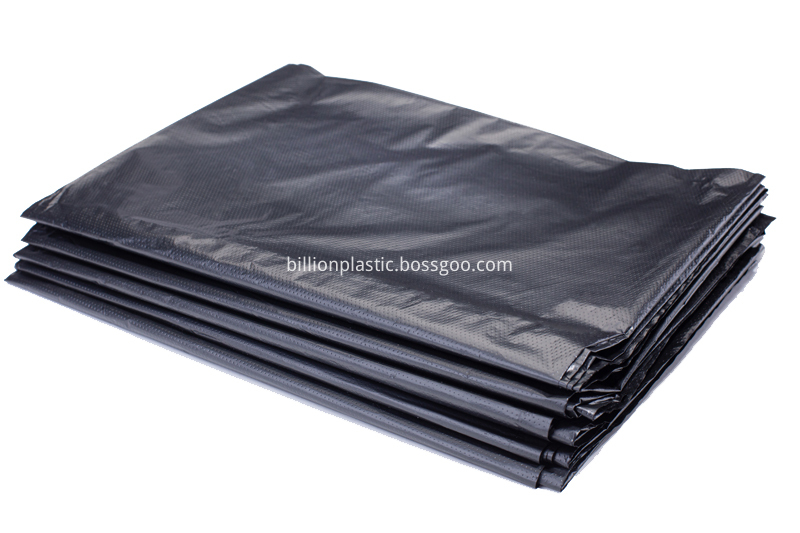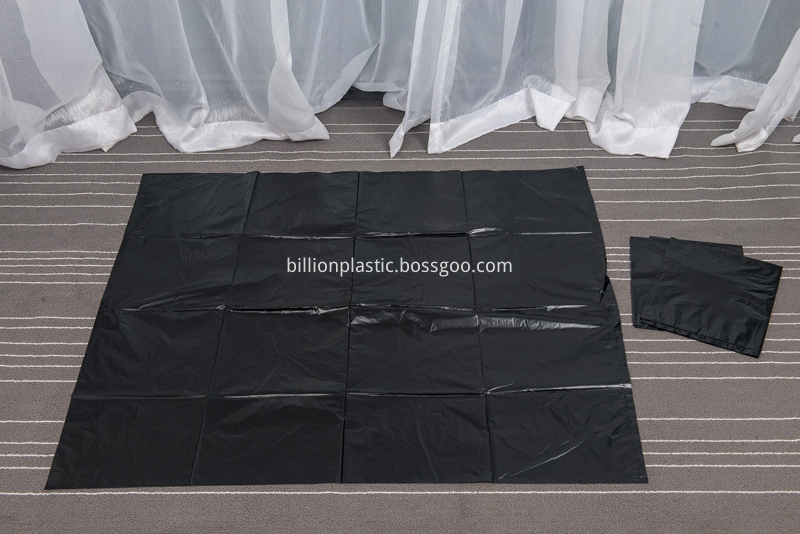Under the strong support and promotion of the Japanese government, the Japan Shipbuilding Research Institute has been working on the development of non-ballast water vessels since 2001; in 2003, the Japan Ship Technology Research Association decided to upgrade the non-ballast water tanker to the Japanese national engineering project; The shipyard and shipbuilding research units of the project include Hi, IHI, NK and the Japan Shipbuilding Research Institute, which jointly established the Japan NOBS Design and Construction Research Institute.
At present, there are many design concepts for non-ballast water vessels, among which the V-type hull is a non-ballast water super-large oil tanker, which is characterized in that the lower part of the hull is more slender, and the bottom of the ship presents a V-shaped shape that protrudes downward obviously. The depth of the ship's water gauge is sufficient to match the ship's no-load weight. The main purpose of the first non-ballasted water hull design code, code-named “Bestâ€, is to design a non-ballasted water vessel with no deep water restrictions, such as the Persian Gulf, with a hull type of 35 meters deep and full of draught. At 27 meters, the maximum width of the hull is 56 meters and the cargo capacity exceeds 300 000 tons. The second non-ballasted water hull design codenamed "Malacca" is designed to be built from the Persian Gulf through the Straits of Malacca to the Far East. The maximum width of the hull is 79 meters and the depth is 30 meters. It is 21 meters and the cargo capacity is 280 000 tons. It has been confirmed by computer simulation test that the "best" type non-ballast water tanker can sail smoothly on the ocean with little wind and waves; while the "Malacca" non-ballast water tanker has poor navigation due to its hull addition. After widening, the bottom part of the ship is not deep enough in the water; if there is a violent wind, the two types of so-called non-ballast water tankers must be pumped with 15 000 tons and 35,000 tons of ballast water respectively to increase Its navigation stability. Under the same conditions, the traditional extra large tanker (VLCC) must carry at least 80 000 tons of ballast water to meet the standard of no less than 8.4 meters of draught in the ship as stipulated by the International Ship Pollution Prevention Convention. The advantages are still very obvious. The design concept is not constrained by “no ballast waterâ€. In the hull, a spare pressurized water tank is arranged, and it is possible to determine how much ballast water is pumped in the standby pressurized water tank according to the weather and wind and wave conditions during the voyage.
The V-hull non-ballast water ship design concept can reduce the hull body to the maximum extent and reduce the resistance during navigation. The “best†type non-ballast water tanker is reduced by 33%, “Malacca type†without ballast water. The tanker is reduced by 25%. All in all, the V-hull design still needs to enter the ballast water in the face of the violent wind, but it still solves the problems caused by the ballast water to a considerable extent. By improving the height of the sewer and appropriately increasing the width of the bottom of the ship, it is safe to sail in high winds and waves. According to the information provided by the NOBS Design and Construction Institute in Japan in early December 2006, the proposed Suez-type tanker has a bow angle of 12.5 degrees and a water gauge of 3 meters. The recommended shovel angle of the super large tanker (VLCC) is 10.8 degrees. The water gauge is 3.10 meters; in addition, the hull is reasonably widened to evenly distribute the ship's displacement to maximize the ship's carrying capacity and optimize the ship's propulsion efficiency. It must be pointed out that bulk carriers, oil tankers, and especially container ships, do not require more ballast water when they are fully loaded. The problem is that they must carry enough ballast water when empty, to ensure the ship is stable and safe.
The second is the hull design of the throughflow system. The so-called through flow system is a traditional type of pressurized water tank used to replace the vertical structure below the water line of the cargo hold. The most important feature is to change the original closed pressurized water tank to an open type, and set the water inlet under the bow water line. The stern is provided with a drain port. The seawater flows in from the inlet of the ship's stern and is quickly discharged from the stern drain port, which can not only function as the original pressurized water tank, but also reduce the load on the ship. By using the different pressures of the inlet and outlet water flow, the speed of the water flowing through the water tank can be controlled, and at the same time, it can ensure that the seawater will not be carried to another place, thus meeting the various regulations of the International Maritime Organization to protect the marine environment. There is no doubt that the pressurized water tank in the so-called through-flow system is by far the most innovative shipbuilding concept. The biggest disadvantage is that, despite changing into a through-flow system, the pressurized water tank still occupies a considerable space for the ship, and because of the ship's structural needs In addition to the longitudinal pressurized water tank, it is necessary to retain some lateral structural pressurized water tanks that cannot be changed into a through-flow system, and the water in these pressurized water tanks will still carry the pollutants. At present, shipbuilding experts are concentrating on overcoming this difficulty, focusing on minimizing the volume of the lateral structural pressurization tank that cannot be completely eliminated at one time. The biggest disadvantage of the through-flow system pressurized water tank is the increased resistance of the sailing vessel, and most of these problems can be solved by further improving the fluid dynamic design.
The third is a single structure hull. The biggest advantage of the single-hull hull design is that by providing a rearwardly open recess at the bottom of the ship, the shape of the bottom of the ship is like an inverted front-opening slipper. This type of ship can cause the ship to produce a large water gauge when it is lightly loaded; however, the disadvantage of this design is that the wet area of ​​the hull is greatly expanded compared with the conventional ship type; the exhaust gas is discharged from both sides of the bottom of the ship. Air lubrication, this deficiency can be minimized, and carbon dioxide, carbon monoxide, various particulate pollutants and sulfides in the exhaust gas can be dissolved in seawater, thereby reducing the ship's air and port environment. Threat. At present, this single-hull hull type ship has been successfully tested at Delft University in the Netherlands. It has a deadweight of 4 000 tons and a ship speed of 14 knots. There is no pressurized water tank. From the perspective of sea trials, it basically reaches the so-called The standard for truly ballastless water vessels.
Japan NOBS Design and Construction Institute passed the test of non-ballasted tanker and conventional tanker model, and repeatedly compared the dynamics of ship propulsion, wave friction, no-load and heavy-duty ships in the waves through the computer. :
1. The pressure of the ballast of the non-ballast water tanker and the conventional tanker model is very similar to the pressure of the wave slap and the frequency of the propeller flying vehicle; that is to say, the non-ballast water tanker can be like the total displacement of the ship. %~40% of the ballast water is safely sailed like a conventional tanker;
2. Ships without ballast water are not absolutely necessary to reject ballast water, but if necessary, the amount of ballast water loaded does not exceed 1/4 of that of conventional tankers;
3. The experiment proves that the propulsion efficiency of the innovative non-ballast water tanker under the same full load condition is slightly lower than that of the traditional oil tanker; however, under the no-load condition, the innovative non-ballast water tanker has higher propulsion efficiency than the traditional tanker. 6.4%, that is to say, the innovative non-ballast water tanker can reduce the fuel consumption of the engine under no-load conditions, thus greatly saving the cost of the tanker voyage;
4. The experiment proves that the so-called innovative non-ballast water tanker is as strong as the traditional tanker, and has superior hull and wave resistance. It can be airworthy in the ocean;
5. The innovative non-ballast water tanker has more stable sailing performance, and its hull sloshing frequency is lower than that of the traditional tanker. Therefore, the innovative non-ballast water tanker does not need to be equipped with squatting (sloshing) keel, saving a lot of shipbuilding funds;
6. Due to the enhancement of ship structure and ship width, the use of super-strength steel, the self-weight of the innovative non-ballast water tanker increased by about 4,500 tons, of which Suez-type tanker cost increased by 5.2 million US dollars, and the cost of super-large tanker (VLCC) increased by 6.5 million US dollars. Moreover, the power of the marine engine needs to be enhanced to a certain extent. This so-called shortcoming can be fully compensated by its superior propulsion efficiency; after calculation, the Suez-type tanker under no-load conditions can save power consumption by 5% to 7%, and is very large. The oil tanker (VLCC) can save 6% to 7%. In about 15 years, the additional cost of the innovative non-ballast water tanker can be fully recovered, and the superior advantages of its non-ballast water superior performance are It is difficult to estimate with money.
Japan's NOBS Design and Construction Research Institute believes that the airworthiness and operation of the innovative non-ballasted water tanker have now reached the IMO legal and regulatory standards. The innovative non-ballast water tanker is especially suitable for the contemporary society with increasingly stringent marine environmental protection laws and regulations, and fully complies with the laws and regulations of the ship operation regulations promulgated by the International Maritime Organization (IMO).
Although there is no fully usable and competitive non-ballasted water ship design scheme to date, the results of the NOBS Design and Construction Institute in Japan show that the design concept and plan of the ballastless water ship are completely feasible, at least let the most Pessimistic people see the fundamental solution to the problem of ballast water.
Suitable for kitchen, office, courtyard, lawn and also the dustbin.
The garbage bag has large capacity, reliable quality, can carry a large amount of garbage, environmental protection and durability.The bags could be packed individually for one piece or 10 piece , or just as the quantity you need.To Compare with garbage bags on roll, Garbage bags on sheet could save more space, and you do not need to tear off the bags before usage.


Bin Liners, Small Trash Bags, Kitchen Trash Bags, Clear Garbage Bags, Black Trash Bag, Refused Sack
BILLION PLASTIC MANUFACTURING CO.,LTD, JIANGMEN , https://www.plastics-billionjm.com